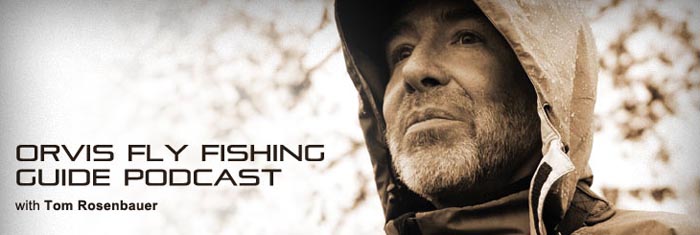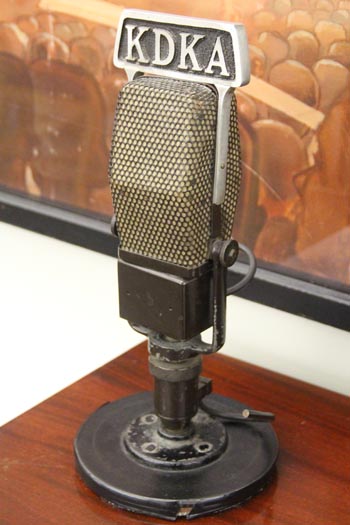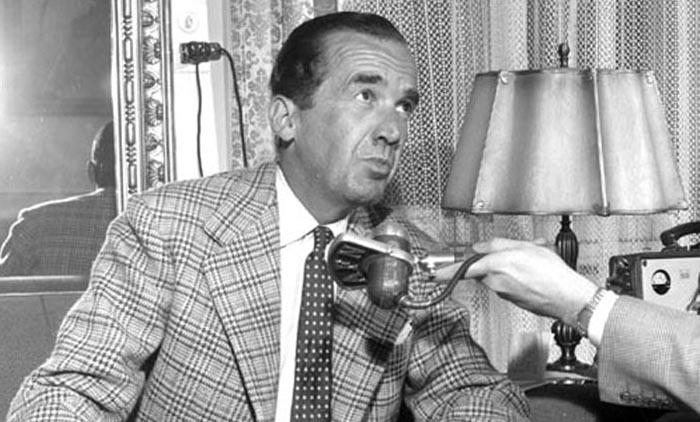
The ubiquitous and admired Tom Rosenbauer. Orvis image.
By Skip Clement
Back to the Future? Pew Research Center may have some answers about podcasting
[dropcap]I[/dropcap]n an article about the phenomenon of podcasting, it was discovered that overall, people who get their news from print is falling, and younger people are using less TV and more mobile news as sources.

On November 2, 1920, station KDKA Pittsburgh, Pennsylvania made the nation’s first commercial broadcast. They chose that date because it was election day, and the power of radio was proven when people could hear the results of the Harding-Cox presidential race before they read about it in the newspaper. A commons image.
Podcasts are on the move – intelligent people like listening to actual conversations by the well-informed
The NPR show “On the Media,” a top-rated national and international news podcast, takes this form and carries on lengthy discussions about difficult issues with highly credentialed people with opposing views. The move to more podcasts will follow when television news generally becomes a shallow look at any given topic.” — Falcon Media
“The median length of the most popular YouTube videos was two minutes and one second. That is significantly longer than the 41-second median length of a local television news story but less than the most common length of a network evening news package at two minute and 23 seconds.” — Pew Research Center (2012)
A traffic safety survey from 2016, “Americans spend an average of 17,600 minutes behind the wheel each year, 300 hours in their cars every year.” — AAA
For a list of popular fly fishing podcasts…
Featured Image is of Edward R. Murrow. He is remembered for his London rooftop radio broadcasts during the German bombings of World War II (1939 – 1945), and his Red-baiting Sen. Joseph McCarthy (“McCarthyism”) into shame and submission (mid-1950s). A commons image – Stars & Stripes.


